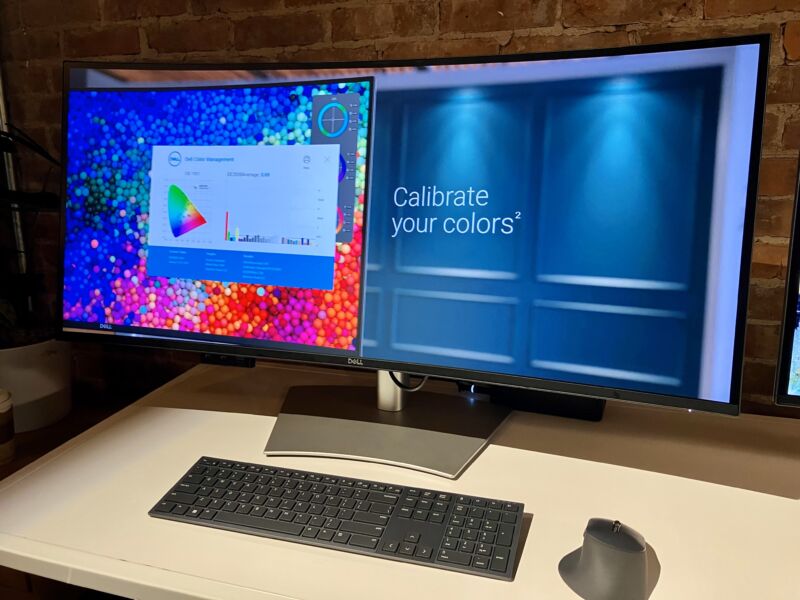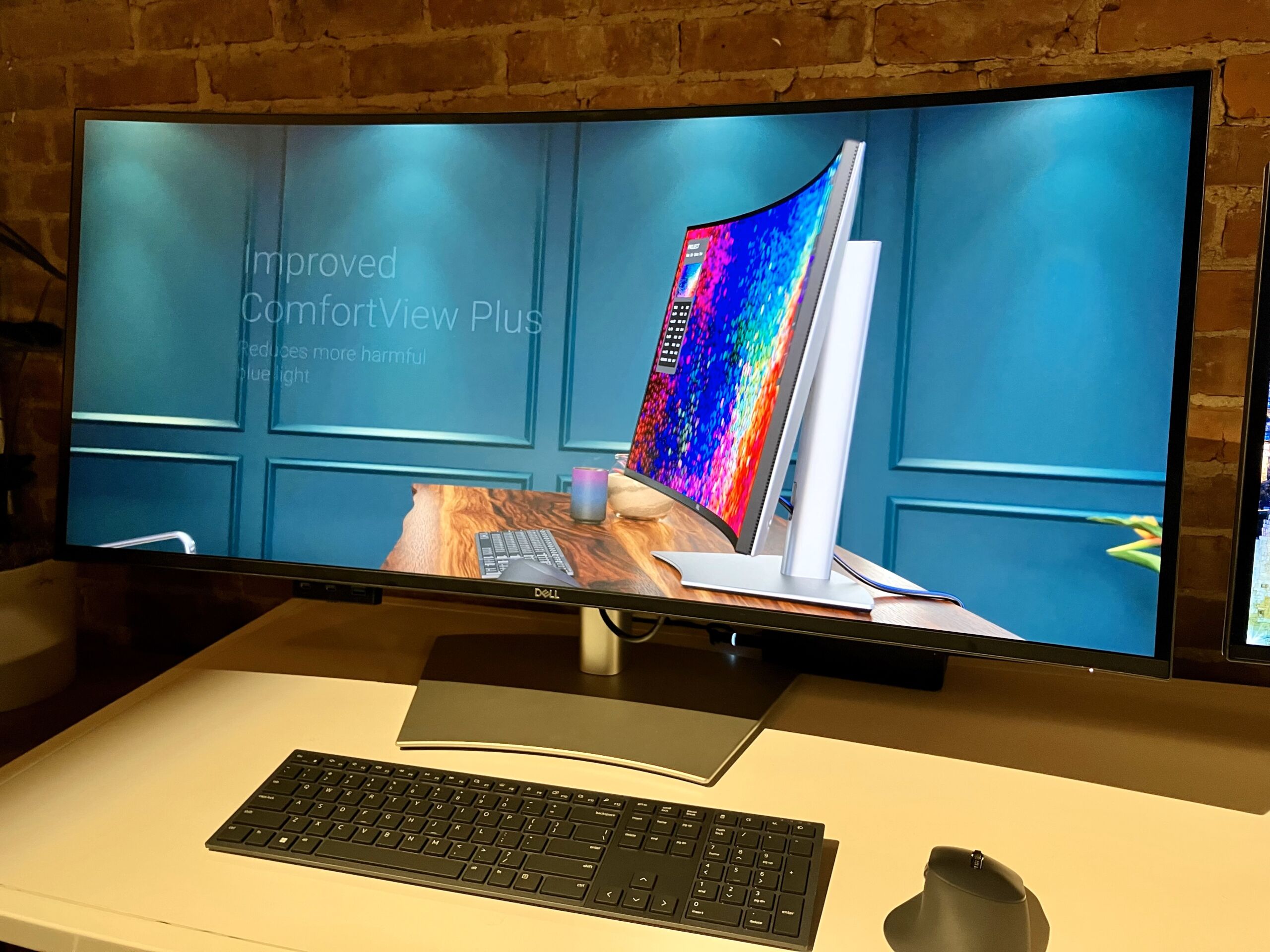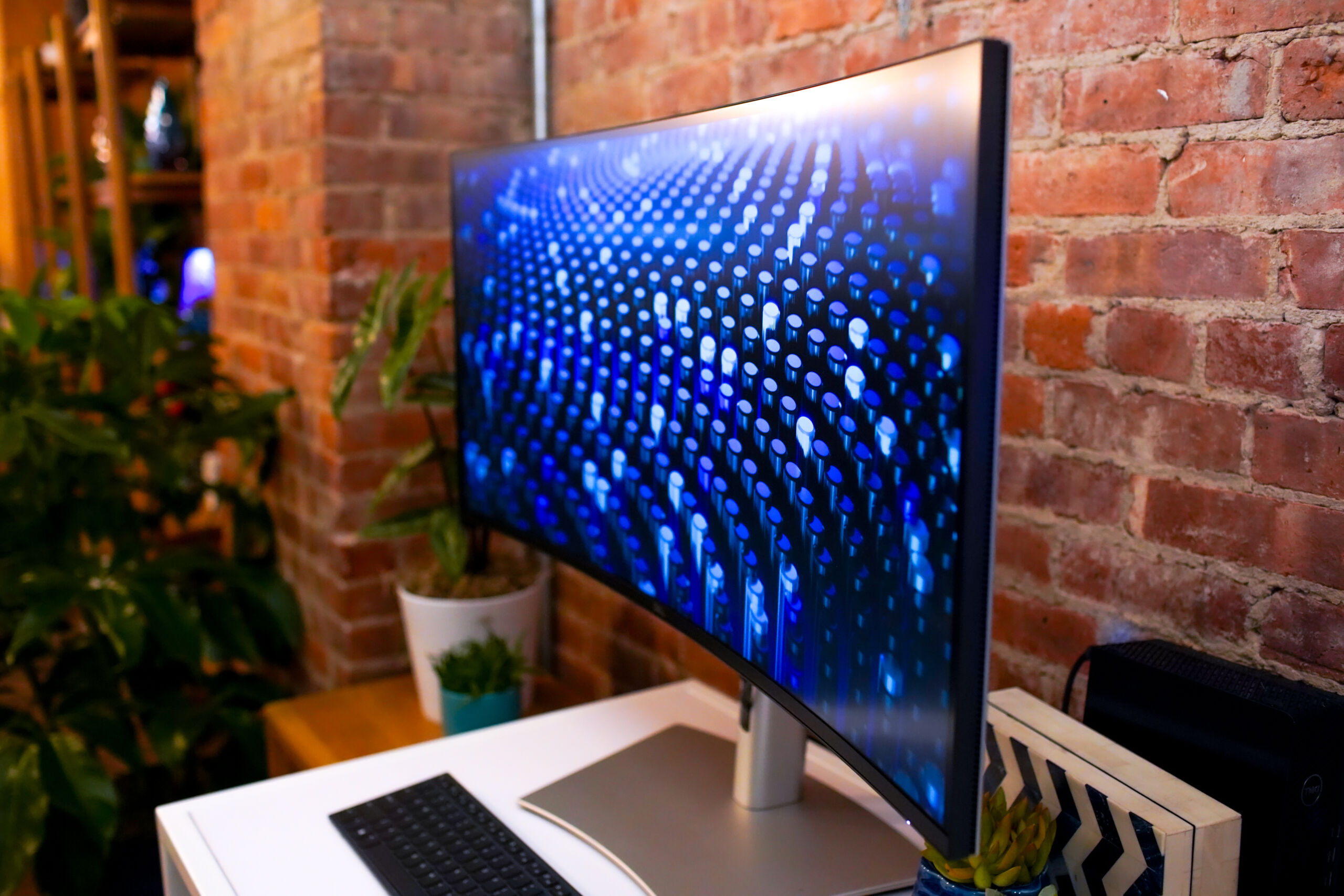
Each year, the Consumer Electronics show brings a ton of new computer monitor announcements, and it's often difficult to figure out what's worth paying attention to. When it comes to the most interesting models this year, there were two noteworthy themes.
First of all, my complaint in 2022 about there not being enough OLED monitors was largely addressed this year. CES revealed many plans for OLED monitors in 2024, with a good number of those screens set to be appropriately sized for desktops. That includes the introduction of 32-inch, non-curved QD-OLED options and other smaller screens for people who have been waiting for OLED monitors in more varied form factors.
Secondly, with more people blending their work and home lives these days, CES brought hints that the line between gaming monitors and premium monitors used for general or even professional purposes will be blurring more in the future. We're not at the point where the best productivity monitor and ideal gaming monitor perfectly align in a single product. But this week's announcements have me imagining ways that future monitors could better serve users with serious work and play interests.
For now, here are the most intriguing monitors from CES 2024.
Dell UltraSharps hit 120 Hz
 Dell started adding 120 Hz models to its UltraSharp series.Scharon Harding
Dell started adding 120 Hz models to its UltraSharp series.Scharon Harding This monitor is VESA DisplayHDR 600-certified.Dell
This monitor is VESA DisplayHDR 600-certified.Dell Ports include Thunderbolt 4 with 140 W power delivery. There's also a pop-out box of ports by the monitor's chin.Dell
Ports include Thunderbolt 4 with 140 W power delivery. There's also a pop-out box of ports by the monitor's chin.Dell
Dell UltraSharp monitors have long attracted workers and creatives and, with their USB-C connectivity, even Mac users. The last few CES shows have shown Dell attempting to improve its lineup, with the most landmark innovation being the introduction of IPS Black. With CES 2024, though, Dell focused on improved video resolution.
Dell's UltraSharp 40 Curved Thunderbolt Hub Monitor (U4025QW), pictured above, is a 39.7-inch ultrawide with a 5120×2160 resolution and a 120 Hz refresh rate. As most monitors are aimed at workers still using 60 Hz, this is a big step up for people with systems capable of supporting 11,059,200 pixels at 120 frames per second. Such speeds have been relegated to gaming monitors for a while, but with TVs moving to higher refresh rates (with encouragement from gaming consoles), more people are becoming accustomed to faster screens. And with other attributes, like a 2500R curve, we wouldn't blame workers for doing some light gaming on the U4025QW, too.
But Dell says the refresh rate boost is about increasing eye comfort. The UltraSharp U4025QW is one of two monitors with 5-star certification from TÜV Rheinland's new Eye Comfort program, which Dell helped create, a Dell spokesperson told me last month at a press event.
According to TÜV, the certification program "is no longer limited to the old low-blue-light or flicker-free labels" and now "covers a broader range of safety indicators, such as ambient brightness, color temperature adjustment and regulation, and brightness.” New requirements include brightness and color temperature control for different ambient lighting. Dell's ultrawide covers this with an integrated ambient light sensor.
The certification also requires a minimum 120 Hz refresh rate, which is probably where Dell got the number from. A Dell spokesperson confirmed to Ars that the use of IPS Black didn't impact the monitor's ability to get TÜV certifications and that it could have theoretically earned five stars with another panel type, like VA.
Dell announced bringing 120 Hz to the UltraSharp lineup in November when it debuted two 24-inch and two 27-inch UltraSharp monitors with 120 Hz refresh rates. At CES, Dell proved this upgrade wasn't a fluke relegated to its smaller UltraSharps and went all in, bringing the refresh rate to a top-line ultrawide 5K Thunderbolt 4 monitor.
The U4025QW has an updated version of ComfortView Plus, which uses hardware to lower blue light levels. I've seen it function without making colors turn yellowish, as some other blue-light-fighting techniques do. After not significantly updating ComfortView Plus since its 2020 release, Dell now says it's using a "more advanced LED backlight" to reduce blue light exposure from 50 percent to under 35 percent.
The effects are minimal, though. Dell-provided numbers claim the reduced blue light exposure could reduce eye fatigue by 8 percent after 50 minutes, but we should take that with a grain of salt. It's nearly impossible to quantify how well blue light reduction techniques work from person to person.
The UltraSharp U4025QW releases on February 27, starting at $2,400.
Article From & Read More ( The 5 most interesting PC monitors from CES 2024 - Ars Technica )https://ift.tt/lZa6MTn
Technology
No comments:
Post a Comment